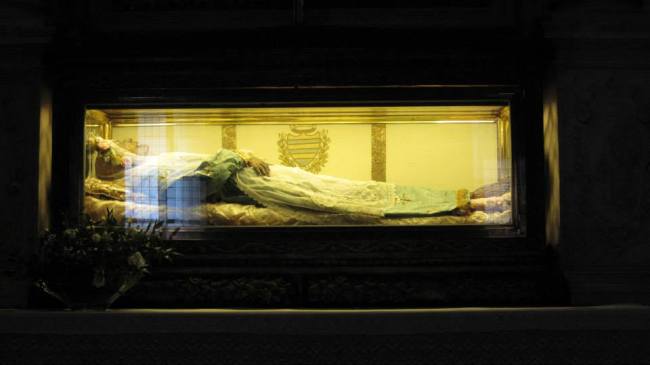I currently have a lot of projects on a lot of burners (ha ha, cook humor). But one thing I found myself thinking about lately was medieval mindset, particularly Aline’s medieval mindset. Bear with me, I am going to get a wee bit philosophical here.
Rebecca, modern, every day Rebecca, has some pretty specific values, goals, and mores. I wasn’t raised into a specific religious tradition beyond vaguely Judeo-Christian “Do unto others” (my parents are a lapsed Catholic and a Humanistic atheist), and I admit to not having the best exposure to a culture of organized religion. I generally classify myself as a Deist with Christian leanings.
Aline, however, would have been very tied to her faith and its cultural effects on daily life. She would have been raised within the church. If she was educated, it likely would have been at a convent. The rituals and expectations would have been a living, breathing thing for her.
All of that came home a little last year when the husband and I were gallivanting around Italy, visiting gorgeous period churches and seeing relics as venerated today as they were in the Middle Ages. For example, this lovely lady is Santa Zita, the patron saint of domestic servants and maids. Don’t let her dress fool you, she’s had some wardrobe updates. Zita died in 1272 in Lucca and was canonized formally four centuries later. In that four hundred year gap, she became part of a popular cult that spread through Europe. English born Aline would have known her as Saint Sitha.

So, how to remedy this disconnect between what I know and what Aline should? Time to read more about it. So for the next few months, I am going to work on reading one book a month on religion in period, and as much as possible, the 14th century. I am a little flexible on exact dates and locations, since Aline was married off by the Black Prince to one of his favorite German mercenaries, so she is perhaps wider traveled than your standard lady.
First up, I am taking a crack at Robert Bartlett’s Why Can the Dead Do Such Great Things? Saints and Worshipers from the Martyrs to Reformation. I am also looking at the period Saint’s Calendar here and here and will be reading up on the lives of the saints celebrated that day.
If you have a book you think I should read, please feel free to drop me a note in the comments, or at alineswynbrook@yahoo.com




